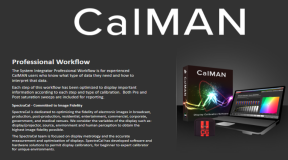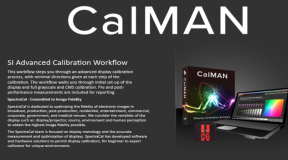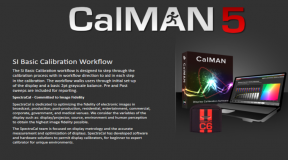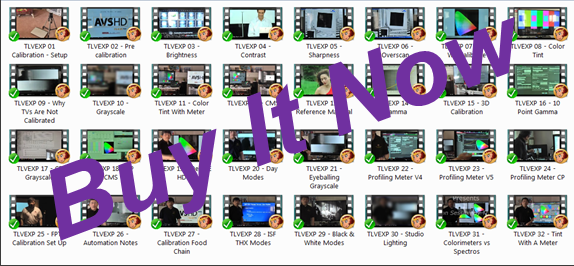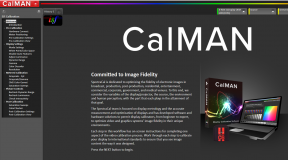[important]This is an accounting of events up through 2013 in the world of video calibration training. Think of it as a story of life and death and rebirth and not necessarily in that order and it doesn’t have a happy ending, or does it?[/important]
This review of the three calibration programs comes from my on-going involvement with all three organizations starting from the year 2000 for the ISF program to 2007 for the THX program and starting in 2010, for the Spectracal program (now renamed as the ISF Crash Course program). Before this gets too far, it is time for a brief history lesson on how the three programs started and how they relate to each other over the years.
For me, this journey begins in the late 1980’s when I was living in Louisville, KY and reading from cover to cover a magazine called “The Perfect Vision.” In those days, a person known as Joe Kane had written a series of articles for that magazine on display calibration. Well, from those humble beginnings, I started a hobby business offering basic user calibration services and hook up services in the mid 1990’s, hauling a Laserdisc player around and my trusty copy of “A Video Standard” (The first Laserdisc calibration test disc) and I offered up these services to the local department stores and video repair shops.
By 1999, I got my hands on my first real piece of calibration gear, the Philips Color Analyzer which sold for over $6,000 at that time. I found it being sold for half price by a company that used it for all of two months and decided that they would rather have a few laptops instead and contract out this calibration work. Once you get your hands on a piece of expensive equipment like this, you realize that play time is over and it is time to really make a go of this on a professional level. Sure it might have been only $3,000 U.S. … but this was at a time when the Canadian dollar was at a mighty 62 cents versus the U.S. dollar so $3K was actually $5K for me.
So where do the education programs fit into this puzzle? Well, with my entry into the world of calibration, taking the ISF class was a necessity to continue down this path – think of it as the necessary evil. I may have already taught myself how to calibrate displays with all that reading and then practicing with the test gear, but I would need some letters to give me some credibility in this industry. So I drove the 1,200 miles down to Denver and took my first ISF class in the year 2000.
At this point in time, this was a two day program which did not even have an examination attached to it. The presenters for this class were Joel Silver and Jim Burns. (Joel and Jim would not continue to do this together for much longer) A person named Jim Doolittle was helping out. (I met Alan Brown for the first time at this class, but that is another story.) It should be noted that this class was effectively 95% lecture and literally no hands on time for calibration, but the material was interesting and I got to ask Joel Silver some questions about display calibration that I had encountered already while working on displays.
Over the next four to five years, I would attend additional ISF classes and help out as a teaching assistant. The class began to change slowly, no doubt due to external pressures about how no exam was needed for ISF certification as well as how people who chose not to invest in test equipment could still call themselves ISF calibrators. (I take a bow here … and guess that the idea that I could get a dog certified as an ISF calibrator did not go over well) With networking over time, I got in touch with many other professional calibrators who were of the same mindset regarding issues that they also had with the ISF organization and wanted changed in order to give the organization more credibility in the eyes of the industry and the public at large. A number of these changes were brought forward for the ISF to review and they agreed that these changes were well thought out and had merit to them. Changes to the ISF organization were promised and life in the calibration universe was good.
Unfortunately, three years passed and nothing changed. It had become abundantly clear to this small group of professional ISF calibrators that nothing would change.
In 2005, a company called Datacolor decided to franchise the ISF education opportunity and I was fortunate to be one of a handful of calibrators to be involved in this. We got to teach the ISF program ourselves and were no longer under the ISF corporate umbrella. The franchised ISF program began to evolve quickly as it was now in the hands of people that actually calibrate displays for a living and had a better grasp on how the business of calibration worked as well. The material was adapted to focus more squarely on teaching people how to actually calibrate displays rather than provide numerous stories of television history that did not further the cause of actual calibration.
By early 2007, we were under no further illusions about changing the way the ISF organization operated. As a collective group, we had tried to make things better, but the organization was comfortable where it was and did not see a need to change itself. But before one started to think about the line “one person cannot make a difference”, something happened in the industry.
Word had got out that the THX Corporation was looking to offer its own brand of video training; something to compliment their already existing audio training classes. So a pitch was made to the powers that be at THX that we had the capability and experience to fit this roll and the education ball started to roll again. (The fact that we already had $200,000 worth of equipment needed for such a class did not hurt the cause.) The first 10 months of 2007 were spent adapting what was done in those ISF / Datacolor classes and enhancing them further to create a three day program for THX. A program focused both on the science and business of calibration, as well as the need to actually provide hands-on experience in class, was born. The entire laundry list of “ways to improve the ISF” was now poured into the development of the THX Video Systems Calibration program.
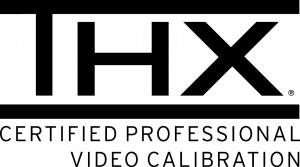 From our perspective, we had been trying to fix the ISF program from the inside for years without success. We did try and it did not work out and now we had an opportunity to build a new calibration program from the ground up. We built ourselves a better mouse trap this time. All the ideas to improve the legitimacy of the ISF were incorporated into the very foundation of the THX program. The end result was that a whole new program was born. It was never about the THX way of doing things; it just happened that many of the ideals of how a program like this should operate were shared by both parties.
From our perspective, we had been trying to fix the ISF program from the inside for years without success. We did try and it did not work out and now we had an opportunity to build a new calibration program from the ground up. We built ourselves a better mouse trap this time. All the ideas to improve the legitimacy of the ISF were incorporated into the very foundation of the THX program. The end result was that a whole new program was born. It was never about the THX way of doing things; it just happened that many of the ideals of how a program like this should operate were shared by both parties.
All this leads to what the current state of each program is.
Proceed to Part 1 of 3 … Part One

